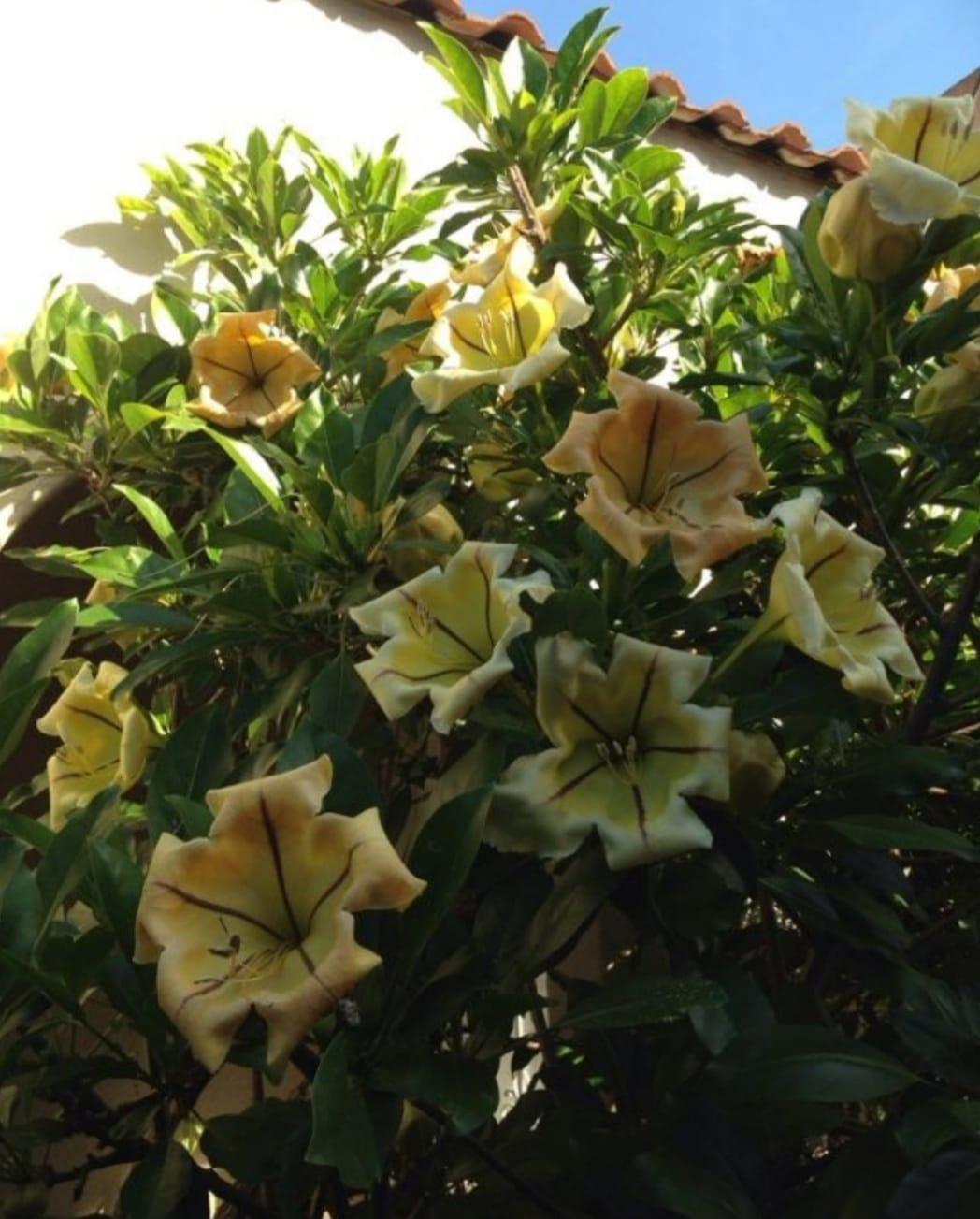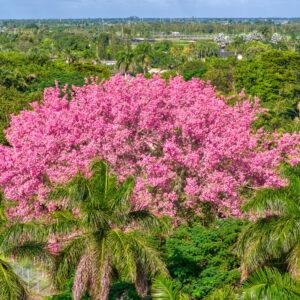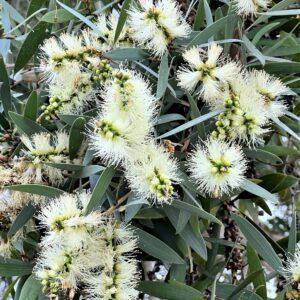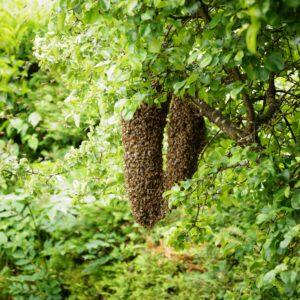Solandra Maxima The Cup of Gold Vine
Solandra maxima, also called the Cup of Gold Vine, Golden Chalice Vine, or Trumpet Vine, is a fast-growing, evergreen climber native to Mexico and Central America. It’s best known for its enormous, golden-yellow flowers, shaped like goblets or cups, which exude a strong, sweet fragrance—especially at night. The vine’s lush green foliage and dramatic blooms make it a striking choice for trellises, pergolas, or fences in tropical and subtropical gardens.
🌸 General Description
Botanical Name: Solandra maxima
Common Names: Cup of Gold Vine, Golden Chalice Vine, Hawaiian Lily, Trumpet Plant
Plant Type: Woody evergreen climber or scrambling shrub
Height: 15–50 feet (can be trained shorter)
Spread: 6–15 feet
Leaves: Glossy, leathery, dark green, up to 8 inches long
Flowers: Huge, cup- or trumpet-shaped (6–10 inches across), golden-yellow with purple-brown throat veins
Fragrance: Strong, sweet (often compared to coconut or vanilla)
Blooming Season: Late winter to summer; in warm climates, can bloom intermittently year-round
☀️ Light and Temperature Requirements
Sunlight:
Thrives in full sun to partial shade
Requires at least 4–6 hours of direct sunlight for optimal flowering
In extremely hot zones, some afternoon shade is helpful
Temperature:
Ideal temperature range: 20–35°C (68–95°F)
Hardy in USDA zones 9–11
Cannot tolerate frost or prolonged cold (below 5°C / 41°F)
Grow in pots in cooler regions and move indoors during winter
💡 Tip: In cooler areas, grow against a sunny wall to maximize warmth and shelter.
💧 Watering Routine
Young plants:
Water 2–3 times per week to help establish roots
Mature plants:
Water once or twice a week in warm weather
Reduce watering during winter or rainy season
Soil moisture: Keep soil evenly moist but not soggy
Container plants: Water when the top 1–2 inches of soil feel dry
⚠️ Overwatering can lead to root rot, especially in poorly draining soil.
🌱 Soil and Fertilizer Needs
Soil:
Prefers well-draining, fertile loam
Tolerates sandy or slightly acidic soil
Ideal pH: 6.0–7.0
Fertilizer:
Use a balanced slow-release fertilizer (e.g., 10-10-10) every 4–6 weeks during active growth
For extra flowering: apply a phosphorus-rich fertilizer like bone meal or bloom boosters
Organic compost or cow dung can be added to enrich the soil naturally
🪴 In containers, feed with liquid fertilizer every 2 weeks during growing season.
✂️ Pruning and Maintenance
When to prune:
After the flowering flush or in early spring
How to prune:
Remove old, dead, or tangled stems
Trim for shape and size control (can grow aggressively)
Cut back lightly to encourage bushy, compact growth
🌿 Solandra vines are vigorous climbers—train them early on a sturdy trellis, arbor, or fence.
🌿 Propagation Methods
Stem Cuttings (most common method):
Take 6–8 inch semi-hardwood cuttings in spring or early summer
Dip in rooting hormone and plant in moist sand or cocopeat
Keep in humid, warm place; roots form in 4–6 weeks
Air Layering:
Effective for thicker stems; wrap with moist sphagnum moss and plastic
Seeds:
Possible, but slow and unreliable compared to cuttings
🌱 Cuttings grow faster and preserve the parent plant’s traits.
🐛 Pests and Diseases
Generally low-maintenance, but occasional issues include:
Aphids, mealybugs, and whiteflies
Spider mites in dry, hot conditions
Fungal leaf spot or root rot from overwatering
🛡️ Treat with neem oil, insecticidal soap, and ensure good air circulation. Avoid wetting the leaves too much.
⚠️ Toxicity Warning
All parts of Solandra maxima are considered toxic if ingested, especially to pets and children.
Sap may cause mild skin irritation—wear gloves when pruning.
🌼 Landscape and Container Uses
Climbing vine for fences, pergolas, or large trellises
Arbor cover for tropical gardens
Large containers on patios or balconies
Green screens for privacy and visual drama
🌿 Combine with tropical companions like Bougainvillea, Hibiscus, Mandevilla, or Bird of Paradise for a lush, exotic feel.
✅ Conclusion
The Cup of Gold Vine (Solandra maxima) is a tropical treasure that brings huge, fragrant yellow blooms, lush greenery, and a dramatic climbing habit to any warm-climate garden. With regular watering, rich soil, and sunlight, it will thrive beautifully and become a showpiece in your outdoor space. Perfect for arches, walls, or large pots, Solandra is ideal for anyone who wants a statement vine with low maintenance.”





Reviews
There are no reviews yet.